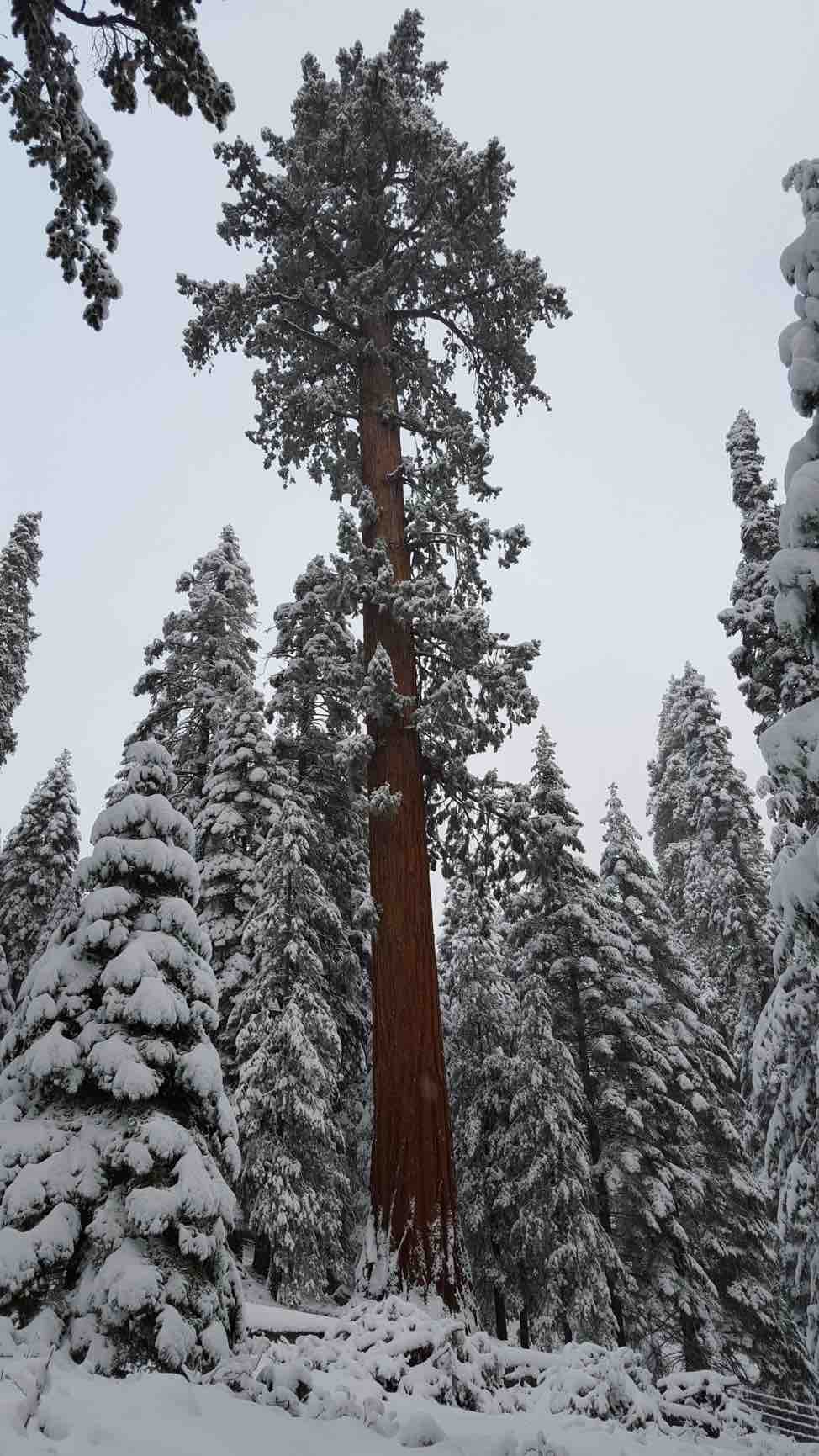The key natural resources within the Tule River Indian Reservation are vegetation, water, air, soil, wildlife, fisheries and cultural/archeological. The water resources include both surface and underground sources while vegetation resources include forests, riparian woodlands, oak woodlands, wetlands, and grasslands. Generally, forests are in the mountain areas at altitudes above 5000 feet. Woodlands and grassland cover the foothills at altitudes of between 2500 and 5000 feet. The riparian woodlands are mainly along the South Fork of the Tule River and its tributaries.
Mission Statement of the Department of Natural Resources
To utilize, promote, and conserve agricultural and natural resources, of Tule River Indian Reservation, while providing employment, revenue, and recreation for the Tribe.


Goals for the Department
The Tribe, through prudent management of its natural resources, aspires to contribute to the environmental, social and economic wellbeing of the reservation and its people, and to meet not only the needs of the current generation but also to ensure that adequate resources are available for future generations. To guide this process, the Tribe has defined four broad objectives:
• To seek opportunities for the reservation’s natural resources to contribute to the Tribal economy;
• Conserve the reservation’s biological diversity;
• Develop the necessary capability to manage the natural resources on the reservation efficiently and effectively;
• Provide sustained yields of agricultural and natural resources.
Vision for the Department:
The vision to achieve these goals is divided into three parts:
Vision for the Grassland/Chaparral/Woodland Resources
The vision for grassland, chaparral and woodland resources on the reservation is to have:
• A sustainable fuel wood management program;
• Well managed woodlands;
• Grasslands dominated by annual/perennial native grass species;
• A sustainable livestock grazing system;
• Abundant recreational and educational opportunities/facilities (camping, hiking, field trips, fishing, cultural and traditional gatherings) enabling families and youth to reconnect with their natural resources and environment.
Vision for the Forest Resources
The vision for forest resources on the reservation is to have:
• A healthy and vigorously growing forest that is accessible to the Tribal community;
• A forest capable of resisting internal and external threats;
• A forest containing multiple sizes of native trees, plentiful with giant sequoia wherever suited;
• A forest that provides clean water, diverse wildlife habitat, cultural and recreational opportunities, and a sustainable supply of forest products.
Vision for the Wildlife and Fisheries Resources
The vision for wildlife and fisheries resources on the reservation is to have:
• An established Tribal wildlife management program in place;
• Well managed wildlife resulting from the integration of cultural knowledge of wildlife with wildlife biology;
• A wide range of well conserved wildlife habitats and biodiversity;
• Well managed and protected wildlife and fish populations that support subsistence and recreational hunting and fishing;
• Proper management measures in place to protect threatened and endangered species and species of special interest to the tribe.
Vegetation on the Reservation
Due primarily to the 6,700-feet elevational difference between the lowland areas and mountain tops, Tule River Indian Reservation supports a diversity of vegetation types common to the west slopes of the Sierra Nevada Mountains.
Grasslands and oak woodlands-savannah characterize foothill areas below 3,000 feet. Blue (Douglas) oak and interior live oak are the primary overstory trees. California buckeye is found throughout this zone. A narrow belt of gray pine is found along the South Fork of the Tule River between 2,000-3,000 feet. At the middle elevations, between 3,000 and 4,500 feet, chaparral, scrub woodlands, and mixed oak woodlands appear. Blue oak and live oak again are common overstory components. Black oak woodland begins near 4,000 feet along selected drainages and north exposures. Common chaparral and scrub woodland species include mountain mahogany, California laurel, western redbud, and manzanita.
Conifer forest begins at approximately 5,000 feet elevation and extends to the upper reaches at 7,600 feet. Ponderosa pine forest typically occupies the lower portions of the conifer zone. Mixed conifer forest is the dominant type above 5,500 feet. Typical species include ponderosa pine, sugar pine, white fir and incense cedar. Jeffrey pine is a lesser component. Giant sequoia is a prominent overstory species over portions of the reservation’s mixed conifer forest. Black oak grows throughout the mixed conifer zone, usually as an understory but occasionally as an overstory species. True fir forest, comprised of red and white fir, is found generally above 7,000 feet on north to northeast aspects. Jeffrey pine and sugar pine will occasionally intermix in the true fir type. Riparian woodlands extend through the foothill and middle elevations. California sycamore, black cottonwood, white alder, and several species of willow are typical riparian hardwoods.
MORE INFORMATION ABOUT THE NATURAL RESOURCES DEPARTMENT
Please contact.
Roselynn Lwenya, PhD,
Natural Resources Director
Tule River Tribe
340 N Reservation Rd
Porterville, CA 93257.
Office: 559-853-6163
Fax: 559-791-2128
roselynn.lwenya@tulerivertribe-nsn.gov
Tule River Indian
Tribe of California
340 N Reservation Rd
Porterville, CA 93257.
Phone: (559) 781-4271
Fax Number: (559) 781-4610
© 2024 Tule River Tribe..
Tule River Indian
Tribe of California
340 N Reservation Rd
Porterville, CA 93257.
Phone: (559) 781-4271
Fax Number: (559) 781-4610
© 2024 Tule River Tribe..
Tule River Indian
Tribe of California
340 N Reservation Rd
Porterville, CA 93257.
Phone: (559) 781-4271
Fax Number: (559) 781-4610
© 2024 Tule River Tribe..
Job Opportunities

